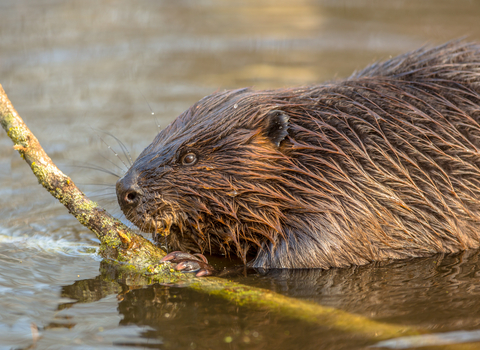Beavers are nature's eco-engineers
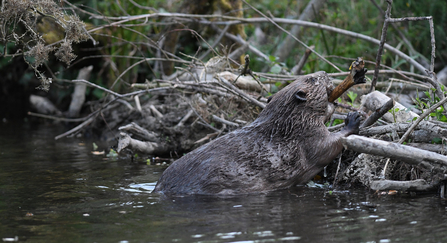
(c) David Parkyn/ Cornwall Wildlife Trust
They influence stream flows and flood risk
Beaver dams slow the flow of water. Dams hold water, push water sideways and release water slowly, re-wetting surrounding areas and creating complex wetland environments. During flash floods, these dams and associated 'storage' pools in the upper catchment have the capacity to hold water back, reducing the amount of water heading downstream.
Although dams are sometimes washed away, research shows that beavers also restore riverbanks, creating natural meanders which also help slow the flow.
Beaver dams and pools are also beneficial during periods of drought. They are leaky, providing a constant flow of water. Low flows cause serious environmental problems as oxygen levels are depleted and any pollutants are concentrated.
Beavers rarely build dams in main rivers downstream.
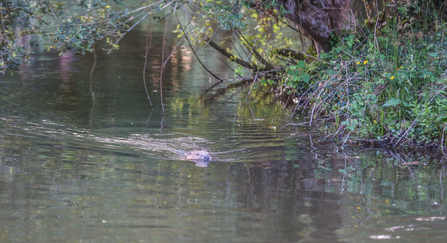
(c) Clare James/Cornwall Wildlife Trust
They improve water quality
By slowing and filtering the water, beaver dams cause sediment and nutrients to be deposited in ponds, improving the quality of water flowing downstream. These pollutants include run off from managed farmland (manure, fertilizer), phosphorous, nitrogen and soil.
These create problems for wildlife in rivers and streams and also need to be removed from human water supplies to meet drinking-quality standards.
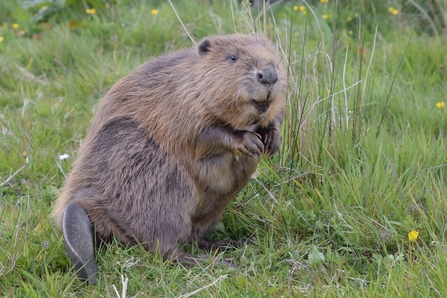
Nick Upton, CWT
They create diverse habitats
Beavers make changes to their habitats, such as digging canal systems, damming water courses, and coppicing tree and shrub species, which create diverse wetlands. In turn these wetlands can bring enormous benefits to other species, such as otters, water shrews, water voles, birds, invertebrates (especially dragonflies) and breeding fish.
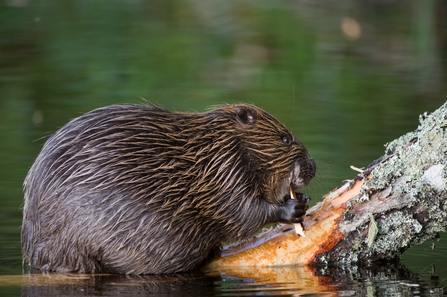
Photo by Allard Martinius
They capture carbon
Beaver wetlands capture carbon, locked up in dams, and boggy vegetation and wet woodlands which are restored, helping to tackle climate change.
Managing beavers
In low lying floodplains where agricultural activities depend on land drains and deep ditches, beaver dams can have more significant impacts. They can obstruct culverts and “restore wetlands” in places that are not compatible with the existing land-uses.
Evidence from elsewhere in Europe shows that instances of beaver dams creating undesirable flooding are uncommon, localised and usually small-scale. Management techniques include the removal of dams, the introduction of overflow piping, or the installation of fencing. The removal and translocation of beavers could be considered. Some countries with sustainable beaver populations permit seasonal hunting and/or lethal control as legitimate management strategies.
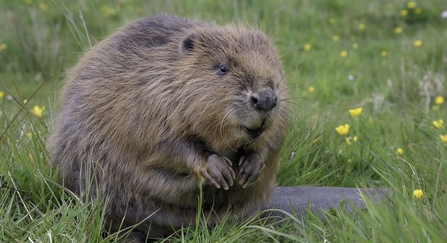
Beaver - Nick Upton/Cornwall Wildlife Trust
Many other Wildlife Trusts have been carrying out beaver reintroduction trials working alongside communities and landowners to put beavers into managed and contained sites. It has been a huge success, maximising the benefits that beavers provide. The Wildlife Trusts now have a range of carefully honed techniques, which help avoid or minimise any localised negative impacts which might occur. To read more about these trials:

